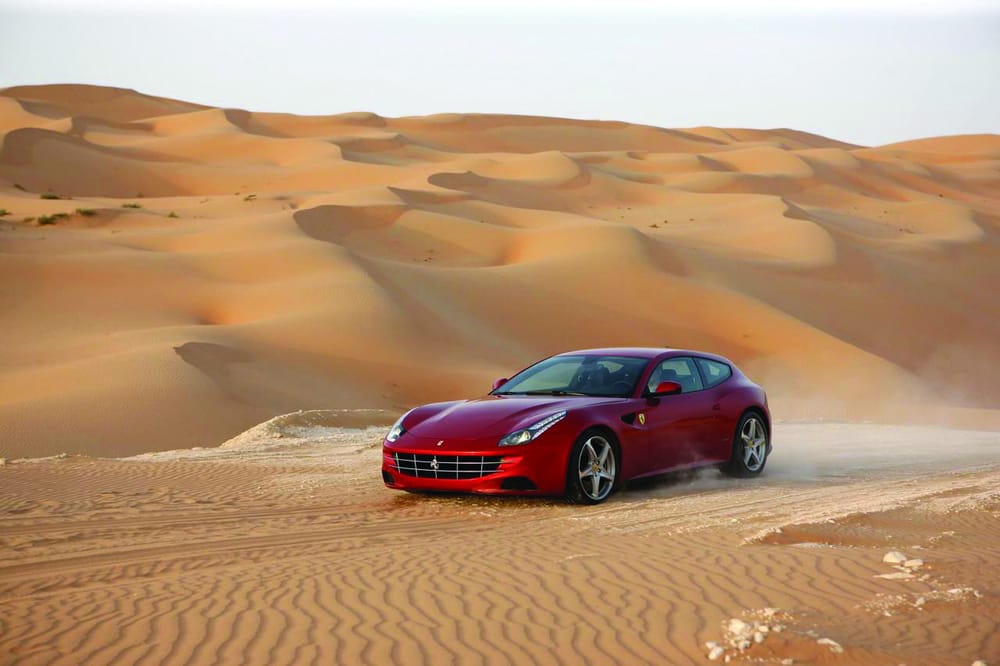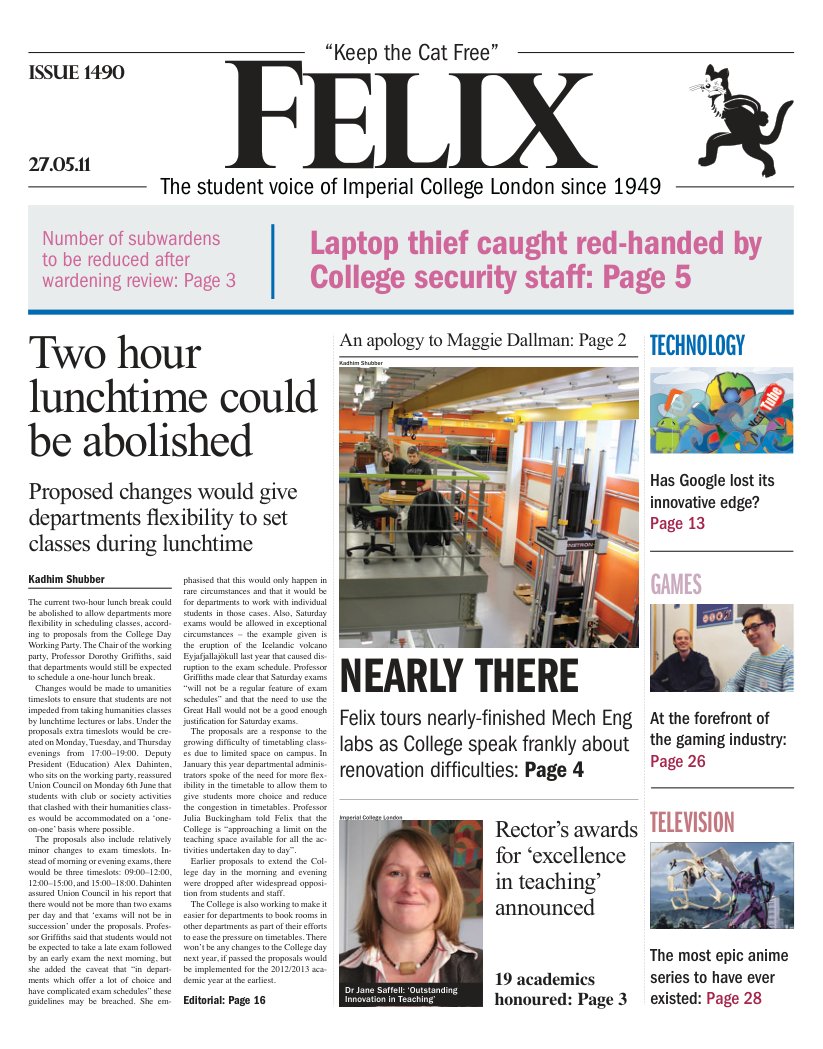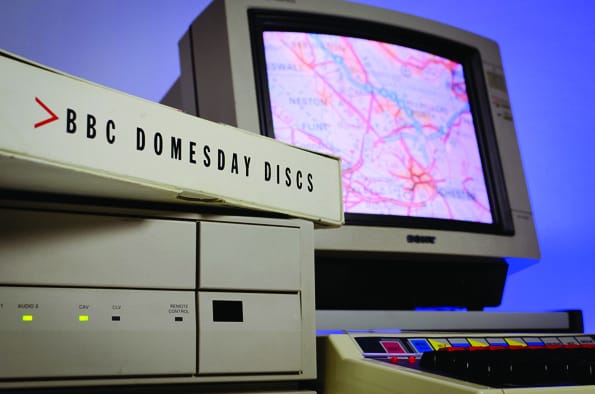The Ferrari FF: phwoar wheel drive
Charles Betts and his love for the new do-it-all Ferrari

Forgive me. I understand that the overuse of compliments can appear naïve at the best of times, and deceitful at the worst. My gut tells me that it’s a terrible, terrible mistake to not be able to spot the flaw in something, that I’m being tricked. I cringe at my credulousness. But, you see, the thing is I’m in love and, as Plato put it, I’ve become a poet. I met her for the first time last week. The most cursory glance lets you know that she’s curvaceous, strong, with plenty of character, her style effortless. And boy can she suck, squeeze, bang, blow.
They say that the first time one sees a new Ferrari in the flesh, it’s like meeting a beautiful woman. You lose your mind, your heart accelerates. And so it was last Thursday, at the Parisian launch of the Ferrari F.F. The first ever Ferrari to have four comfortable seats and four-wheel drive. There’s something about the supernatural elegance of the machine, the lushness of the leather interior, the towering brilliance of the technology, the terrifying depth of engineering knowhow that makes me feel quite giddy.
Enzo Ferrari once said that the best Ferrari is the one that is yet to come. The F.F. is the closest thing to that. It is a thoroughbred designed to gallop whatever the weather or surface – be it snow, ice, or sand. It is the first ever four-wheel drive V12 that comprises of a rear-mounted electronic differential. It is the first V12 in the world to sport a seven-speed dual-clutch F1 gearbox. It does 0-100km/h in 3.7 seconds. It has a top speed of 335km/h, and 660 prancing horsepower. Its engine doesn’t growl or howl – it’s music to the ear, it’s somewhere between a purr and a roar.
Sure, Jeremy-power-Clarkson will probably write some pontificating, climate hating, boorish review of the F.F. in a few weeks’ time. He’ll complain that there are warts. That its little Italian ways will drive you a bit mad. That the engine is in the wrong place. That racing shouldn’t be done in the snow. That it’s like a horse with James May up its bottom. But then he’s not in love. And according to Twitter, he’s never been.
And that really is the crux. I’ll be honest: I don’t know how well a Ferrari handles compared to an Aston Martin – which features work and which don’t – but I’m damned if I would ever buy a DB9 over a 458 Italia. But then, a Ferrari is meant to be loved, not understood. Ferrari is like opera, ballet, fine wine – to some, a seemingly over-the-top, exaggerated distraction where The X Factor, Strictly Come Dancing, and Coke would do just fine. But to others, it transcends the logical. To some, sort of pointless. To others, sort of amazing. I’ve never really appreciated Domingo’s arias, or Pavlova’s pirouettes, but my religious-like zeal for what is effectively just a red piece of carbon and aluminium on four wheels means I understand the mysterious emotion some folk get from a 1787 Chateau d’Yquem.
Ferrari is the epitome of the Made in Italy brand. It’s as classically Italian as a Tuscan hilltop or Lavazza coffee. Each car a rather dizzying conflation of old and new. To see one and drive one is to simultaneously be right back in the days of Fangio, to be part of the greatest motor racing company in history, and to be at the cutting-edge of technological development. The company doesn’t just represent itself, but rather an entire country. It’s why their F1 cars have the Italian flag painted on the rear wings. It’s why it’s the only F1 team that has a major fan base, the famous tifosi. It’s why every red-blooded Italian male cries Forza! and Prestissimo! in their pokey Fiat Panda with so much gusto, believing he’s Michael Schumacher. It’s why the entire Italian road network is one big racetrack. Football may be the heart of Italy, but Ferrari is very much its soul.
Ferrari sold 6573 cars in 2010 – its best ever year. A result primarily attributed to the extraordinary growth seen in Asia, and the return of the United States market to record levels. China grew by 43.6 per cent, with the US registering a 12.7 per cent growth. Mr Clarkson may not be one, but it seems plenty of others are starstruck. They are, and will always be, ferraristas. In good times and in bad, in sickness and in health. Until death do us part.










